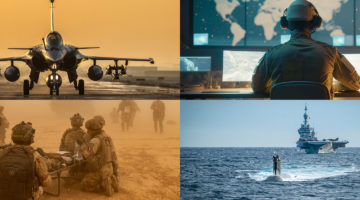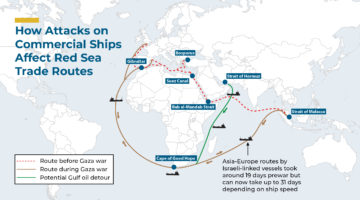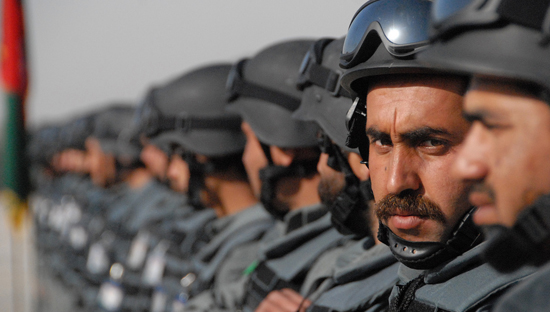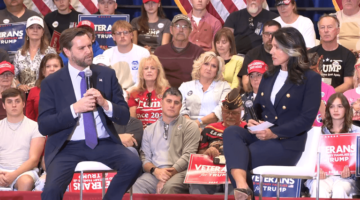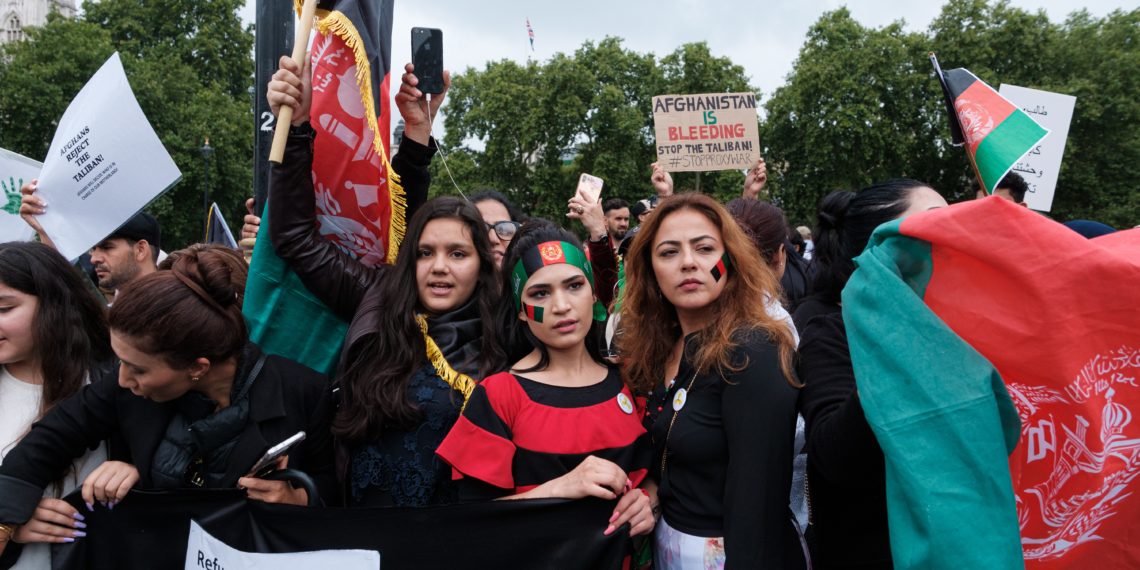(Abstracts – CSIS.org) Budgets and Bullets: Taking Stock of the Afghan Security Forces, John F. Sopko (Special Inspector General for Afghanistan Reconstruction (SIGAR)) ‘s Speech to the Center for Strategic and International Studies (CSIS)
On May 13, 2015, Special Inspector General for Afghanistan Reconstruction, Mr. John Sopko, spoke at CSIS for the roll-out of the new Quarterly Report to Congress on the Status of the U.S. Reconstruction Effort in Afghanistan. The event was hosted and moderated by CSIS Alreigh A. Burke Chair in Strategy, Anthony Cordesman.
Abstracts >>
(….) I am very encouraged by the U.S. military leadership’s approach to reconstruction and oversight in Afghanistan. General John F. Campbell, commander of the Resolute Support Mission, Major General Todd Semonite, commander of the Combined Security Transition Command-Afghanistan (or CSTC-A for short), and his deputy Brigadier General Kirk Vollmecke understand the enormous challenges facing the Afghan security forces and the role wellcoordinated oversight can play in determining where best to focus reconstruction efforts. These generals are under extreme pressure on many fronts but are aggressively pursuing innovative solutions to the situation they face in Afghanistan. I encourage Congress to listen carefully to them and provide the resources and oversight they need to accomplish their important mission. The leadership of President Ashraf Ghani and Chief Executive Officer Abdullah Abdullah also encourages me. They are willing partners and truly understand the American people’s massive investment of both blood and treasure in the future of their nation. In his March address to Congress, President Ghani spoke of the “profound debt” his people have to the United States, “whose generous support for [his] country,” he said, “has been of such immense value in advancing the cause of freedom.” These leaders are actively engaged and working closely with the United States as well as reaching out to regional actors such as Pakistan and India. I have met with both and my staff is regularly working with them and their senior leaders on fighting corruption and reforming their government ministries. These are promising developments that permit me to be more optimistic than I have since being appointed three years ago. At the same time, the capability of Afghanistan’s security institutions is a topic of great importance to me, as I know it is to you in the audience, and has been the focus of much of SIGAR’s oversight work. The success of the Afghan Army and Police—collectively called the Afghan National Defense and Security Forces or ANDSF—has long been regarded as a key factor in determining Afghanistan’s future. Last December, my office released a High-Risk List to identify issues that are (1) essential to the success of the reconstruction effort; (2) at risk of significant and large-scale failure due to waste, fraud, or abuse; (3) part of ongoing or planned reconstruction efforts; and 2 (4) subject to the control or influence of the U.S. government. It is no surprise then that the capacity and capabilities of the ANDSF were one of the seven issues SIGAR identified as at risk. Clearly, developing a capable ANDSF is essential to the success of the reconstruction effort and to the Afghan government’s prospects in any peace talks. Considering the effect a lack of security has on good governance, rule of law, and economic and social development, it may be the most important issue; although certainly corruption is also high on the list. (…)
(…) Sustainability was also one of the key issues we identified in our High-Risk List. The evidence strongly suggests that Afghanistan lacks the capacity—financial, technical, managerial, or otherwise—to maintain, support, and execute much of what has been built or established during more than 13 years of international assistance. Without donor contributions, the Afghan government will not be able to meet most of its operating or development expenditures. The International Monetary Fund (IMF) expects the financing gap between domestic revenue and operating expenses, including security spending, to remain about $7.7 billion on average, annually through 2018. The IMF projects that while international aid will decline as a percentage of GDP, the annual assistance required to sustain gains made in Afghanistan will continue to increase. To make the cost of sustaining the ANDSF more affordable, NATO has talked about reducing its size to 228,500 personnel in 2017, if security conditions permit. The estimated cost of sustaining this smaller force has been estimated at $4.1 billion annually. NATO has also said it expects that the Afghan government would begin to pay at least $500 million annually to sustain the ANSF in 2015, with the aim that it assume full financial responsibility for its own security forces by 2024. This is unlikely to happen. Afghan officials told SIGAR that they see the Afghan government contributing 3% of GDP annually to security, growing their contribution as the economy grows. But under even the most optimistic GDP growth scenarios, this contribution would not result in the Afghan government fully funding the ANDSF by 2024. Afghanistan has one of the lowest rates of domestic revenue collection in the world, averaging 9% of GDP from 2006 to 2013, compared to an average of around 21% in other low-income 9 countries, according to the IMF. Expenditures are expected to continue rising, according to World Bank projections—largely due to increased spending on security, service delivery, essential infrastructure, and operations and maintenance (O&M). Afghanistan’s recent fiscal crisis raises more concern. The Afghan government reported the crisis in December, two months after reporting a $537 million 2014 budget shortfall. Afghanistan’s Ministry of Finance reported that in 2014, total domestic revenues—tax and nontax revenues, and customs duties—missed targets by $602 million (-35%), and fell by approximately $187 million from the same period in 2013. (…)
READ FULL SPEECH >>> http://csis.org/files/publication/150513_sigar_speech.pdf
Photo Credit: https://www.rusi.org/analysis/commentary/ref:C4B177FBEE2288/#.VVSkl_lVhBc


